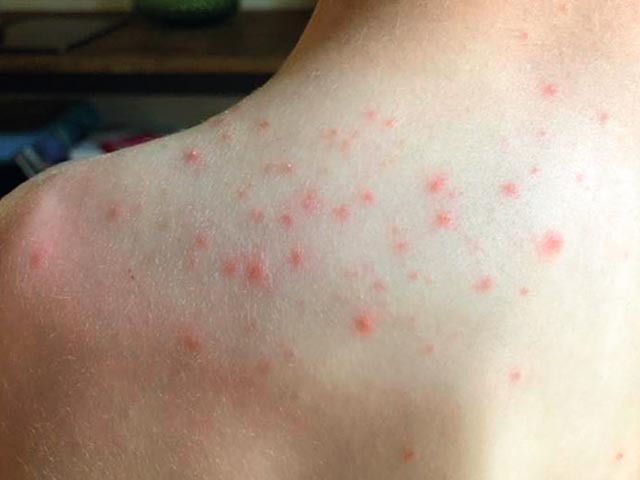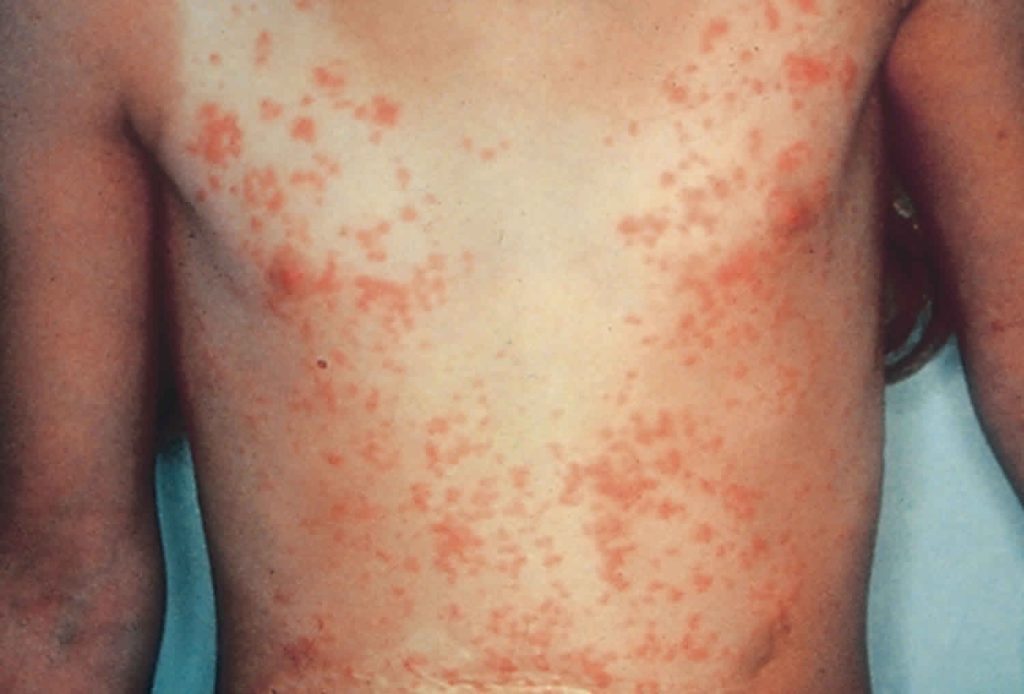- Home
- Blog
- Medical Dermatology
- Summer Skin Troubles: Swimmer’s Itch and Seabather’s Eruption
Summer Skin Troubles: Swimmer’s Itch and Seabather’s Eruption
 Summer is the perfect time for a refreshing swim, but some swimmers may encounter an unwelcome surprise: swimmer’s itch or seabather’s eruption. While these unfortunate skin conditions can cause discomfort and are worrying to an untrained eye, they are generally not serious. Dr. Sobell sees a fair amount of them in clinic, this time of year. Continue reading to understand and recognize these common ailments, and learn how to treat and prevent them.
Summer is the perfect time for a refreshing swim, but some swimmers may encounter an unwelcome surprise: swimmer’s itch or seabather’s eruption. While these unfortunate skin conditions can cause discomfort and are worrying to an untrained eye, they are generally not serious. Dr. Sobell sees a fair amount of them in clinic, this time of year. Continue reading to understand and recognize these common ailments, and learn how to treat and prevent them.
Swimmer’s Itch

Source: https://dermnetnz.org/topics/swimmers-itch
Symptoms: They include red, itchy, raised bumps that appear within minutes to days after swimming. The rash commonly affects areas not covered by swimsuits.
Treatment: Our dermatologists recommend anti-itch lotions or corticosteroid creams to help to reduce itching. They also suggest antihistamines which may diminish the allergic response.
Doctor’s order: It is important not to scratch the skin as this may lead to secondary infections.
Seabather’s Eruption

Source: https://healthjade.net/seabathers-eruption/
Symptoms: An itchy red bumpy rash typically develops a few hours after exposure and can last several days. Some individuals may also experience a burning or stinging feeling where the larvae were trapped. In contrast to swimmer’s itch, the seabather’s rash appears on skin covered by the swimsuit and occurs after swimming in the ocean.
Treatment: We advise rinsing off with fresh water as soon as possible after swimming and carefully removing swimsuits to prevent further spreading the larvae. It can also be helpful to apply vinegar or rubbing alcohol to neutralize the toxins. As with swimmer’s itch, the use of anti-itch creams and oral antihistamines can provide symptom relief.
Tips to Prevent Swimmer’s Itch and Seabather’s Eruption
- #1 Avoid swimming in infested waters – Check local advisories for swimmer’s itch outbreaks before swimming.
- #2 Protect your skin – Apply waterproof sunscreen to act as a barrier and wear protective clothing like rash guards.
- #3 Rinse thoroughly – Rinse off immediately after swimming in natural waters to remove any potential parasites.
- #4 Towel dry – Vigorously towel dry your skin after swimming to help remove parasites before they can penetrate the skin.
Both swimmer’s itch and seabather’s eruption can be irritating, but with proper care and preventive measures, you can minimize their impact and continue to enjoy the water. These rashes typically resolve in a few days to weeks, but if symptoms persist or worsen, it’s always a good idea to consult a healthcare professional. Our skilled and trusted providers at SkinCare Physicians are here to help you.



Leave a Reply